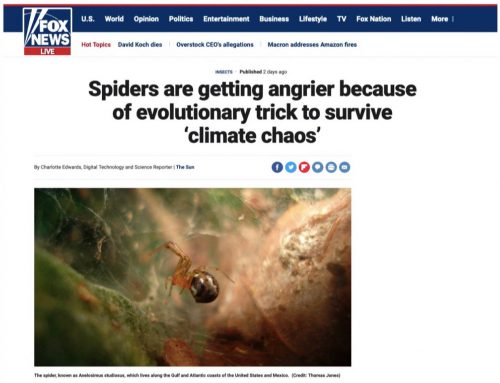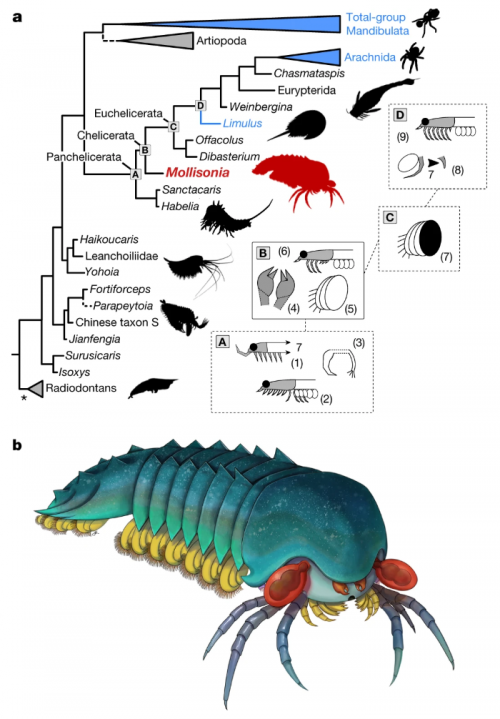After that last post, I realized there is another problem I have with doing debates with creationists. For a proper debate, you have to respect your opponent, and in fact, there should be mutual respect.
I don’t respect creationists at all. Not one bit. Rather than debating, I should be spitting in their face, throwing them out of the lecture hall, and presenting the honest truth to the audience, because creationists won’t.
And now I have to ask my good colleagues who still debate people like Ham, or Hovind, or Comfort, or Craig: Why? Do you respect these liars for Jesus? How can you stand on a stage with them and not throw a lectern? Where the fuck is your self-respect? (I say this as someone who used to debate creationists, too.) How can we continue to dignify these frauds with the right to stand on an equal footing with real scientists?







